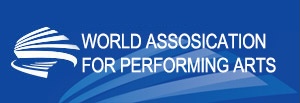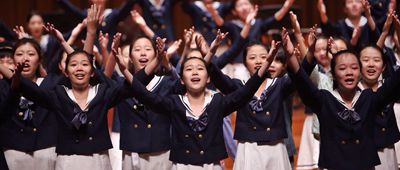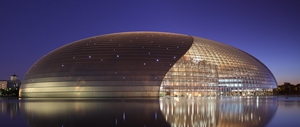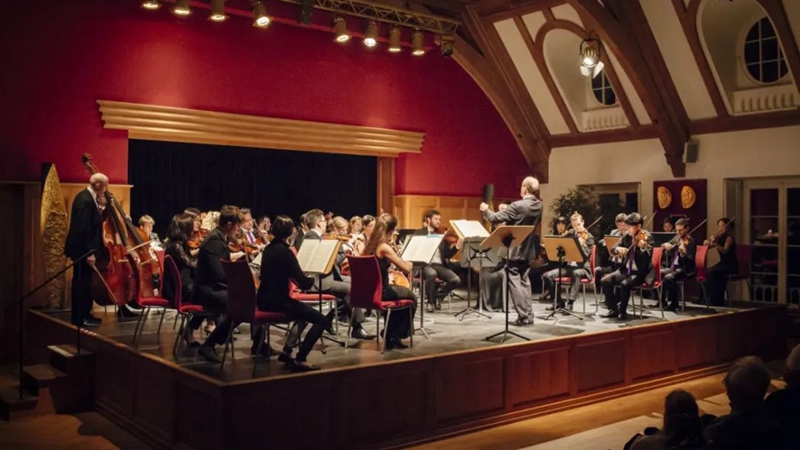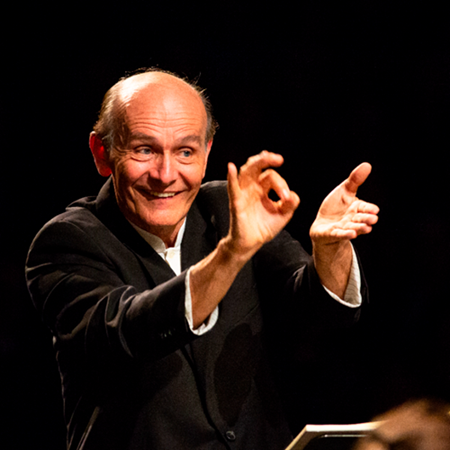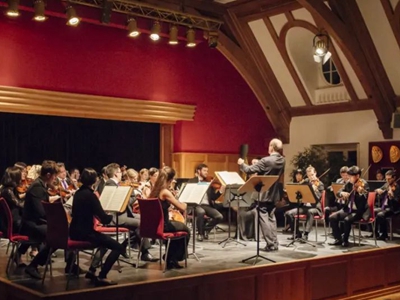The Verbier Festival was founded in 1994 in Switzerland. Over the past three decades, the Verbier Festival has remained committed to setting up an exchange and development platform for young artists. Their resident orchestra, the Verbier Festival Chamber Orchestra, is one of the world’s top orchestras.
The Verbier Festival Chamber Orchestra will make its debut at Beijing Performing Arts Centre
The Verbier Festival Chamber Orchestra is led by Gábor Takács-Nagy as Music Director. Its members hail from world-class orchestras, such as the Vienna Philharmonic Orchestra, Berliner Philharmoniker, Israel Philharmonic Orchestra, Metropolitan Opera Orchestra, Royal Concertgebouw Orchestra, Tonhalle-Orchester Zürich, and London Symphony Orchestra. The orchestra has earned a high international reputation by undergoing rigorous training on a consistent basis.
Gábor Takács-Nagy, Music Director of the Verbier Festival Chamber Orchestra
On April 4th-6th, the Verbier Festival Chamber Orchestra Concert Series, "Heroes - Nature - Dance", will be held at the Concert Hall of Beijing Performing Arts Centre. The concert to be given on April 4th is not only a paean to heroes, but also a bugle call that urges young people to embark on the journey. Beethoven’s Coriolanus Overture, which will be played in the first half of the concert, is based on Coriolan, a tragic work by Heinrich Joseph von Collin, an Austrian playwright. Premiered in 1807 at the home of Von Robtowitz, one of Beethoven’s patrons, this piece is interrelated structurally and narratively. Also, “C Minor” symbolises Coriolan’s determination to invade Rome. Legend has it that Triple Concerto in C Major was composed by Beethoven for his student Archduke Rudolph, who would deliver a public performance. Creatively, the violin, the cell and the piano communicate with one another and also to the orchestra, with harmonic intimacy and tensile passion integrated into each other. This time, the Orchestra will work with three young musicians from the world’s classical music - violinist Marc Bouchkov, cellist Anastasia Kobekina and pianist Alexander Malofeev.
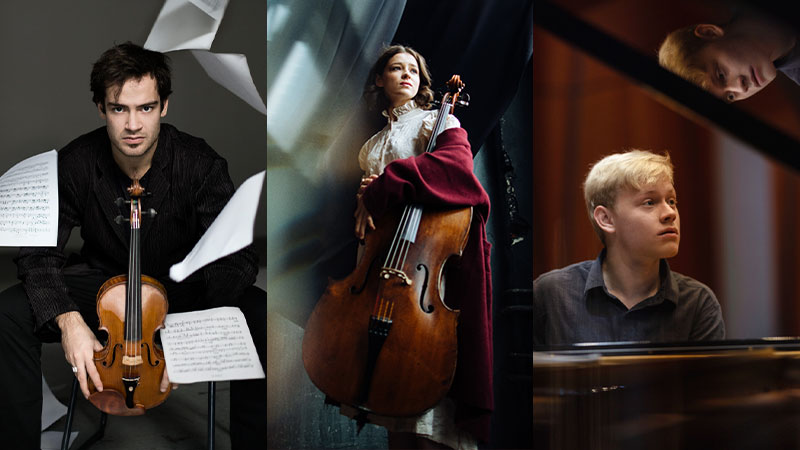
Violinist Marc Bouchkov, cellist Anastasia Kobekina and pianist Alexander Malofeev (from left to right)
Beethoven’s Symphony No.3 in E-flat Major “Eroica” will be played in the second half of the concert on the 4th. Originally composed for Napoleon, this piece was later billed to be created in honour of “a hero” after Napoleon proclaimed himself emperor. Beethoven composed it between 1803 and 1804, when he had been conscious about his deafness. Therefore, “Eroica” reflects how the composer became so mentally tough as to struggle against fate. Despite the small number of musical instruments employed, its grandeur and sheer size have made it a great landmark in the history of symphonic music. Following the second movement “Funeral March”, the fourth movement ends in peaceful glory, sublimating the theme of the whole piece to what is known as a philosophical thought on life and death. How will the Verbier Festival Chamber Orchestra interpret this heroic epic? We cordially invite you to come and check it out at the Beijing Performing Arts Centre.
On April 5th, the Verbier Festival Chamber Orchestra Concert Series II will take the audience into the wonders of nature. The concert will kick off with Mendelssohn’s The Hebrides Overture. The work was created with inspiration from a trip that Mendelssohn took to Staffa Island, Scotland in 1829. The composer wrote an opening theme for his work immediately after seeing a basaltic sea cave called Fingal’s Cave. The first half of the concert will also feature Saint-Saëns’ Piano Concerto No.2 in G Minor and Tchaikovsky’s Variations on a Rococo Theme. The two works were only composed eight years apart, and even more interestingly, they were premiered under the baton of two brothers - Anton Rubinstein and Nikolai Rubinstein. Alexander Malofeev (pianist) and Anastasia Kobekina (cellist) will continue to serve as soloists.
The second half on the 5th will feature another historically famous masterpiece by Beethoven - Symphony No.6 in F Major “Pastoral”. Composed by Beethoven on the basis of what he had experienced in Heiligenstadt, Germany, “Pastoral” was premiered in Vienna in 1808 under the title, “Reliving the Collective Memory of Rural Land”. This piece consists of five movements, with naturalism embodied in colourful orchestration. Brookside bird chirping, simulated with woodwind instruments at the end of the second movement, is regarded as a way in which the composer recalled the world full of sounds after becoming completely deaf. The great waves from the sea or sudden clap of thunder over the plains are unique musical landscape that appears at the concert.
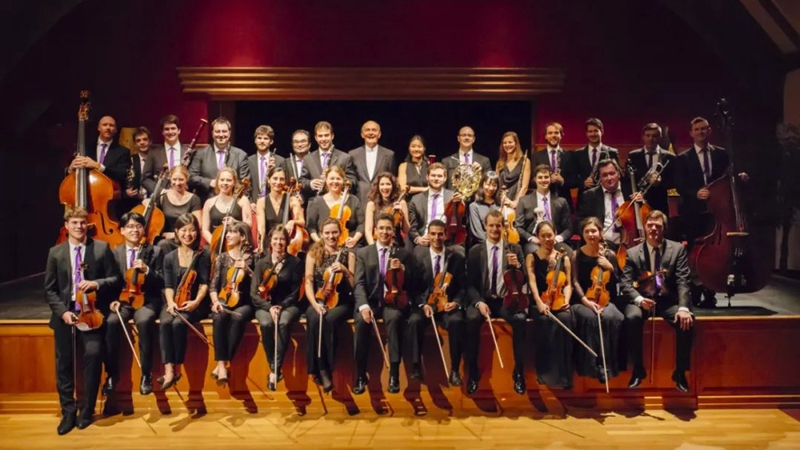
The Verbier Festival Chamber Orchestra Concert Series "Heroes - Nature - Dance" are expected to be held on April 4th-6th
The concert to be held on April 6th is themed “dance”. The first half of the concert will kick off with Brahms’ three Hungarian Dances (WoO. 1, No. 1, 5, 6). Brahms’ Hungarian Dances, which contain 21 short and concise pieces of music, with each lasting 1~5 minutes, are among the composer’s most popular works. Nonetheless, this series was just published after the composer’s death and most of the tonal materials were not created by the composer himself. This time, the Verbier Festival Orchestra will take the audience into a witty “masquerade” scene by interpreting these three dances that have been performed, recorded, rearranged and used for the most frequent crossovers. That will be followed by Mozart’s Symphony No.35 in D Major “Haffner”, commissioned by the Haffner Family from Salzburg for a knighting ceremony. The third movement, “Minuet”, is powerful and filled with the “Mozart-featured” sweet feeling of joy.
Beethoven’s Symphony No. 7 in A Major will be heard in the second half of the concert. Wagner, Liszt, Berlioz and Tchaikovsky all praised this work in public. The use of rhythmic motifs is something particularly prominent in this symphony, whereas the semitonal melody in the first movement is pleasant to some audience members and unpleasant to others. It was even satirised by Weber. The second movement is the most famous for its appearance in the films The King’s Speech and X-Men: Apocalypse. Rhythmic spikes bring about rhythmic jounces, making it possible to magnify the dynamism, vitality and power of symphonic music.
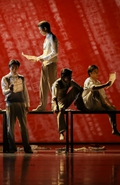 Repertoire
Repertoire
 Films
Films
 Videos
Videos
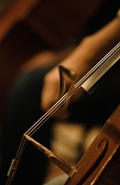 Podcast
Podcast
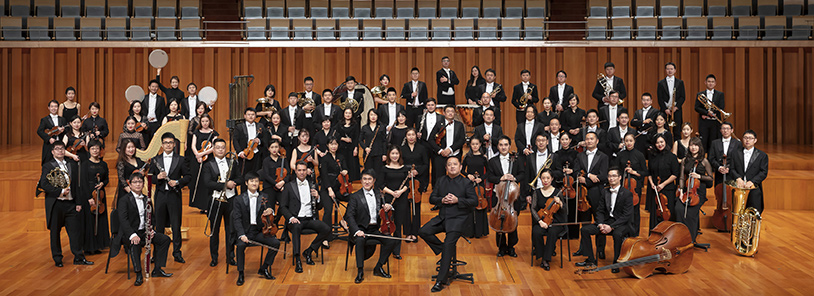 China NCPA Orchestra
China NCPA Orchestra
 China NCPA Chorus
China NCPA Chorus
 NCPA Resident Singers
NCPA Resident Singers
 NCPA Drama Ensemble
NCPA Drama Ensemble
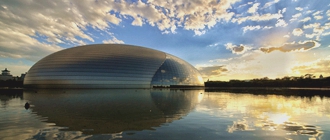 Buildings
Exhibitions
Buildings
Exhibitions
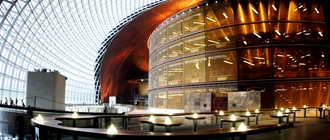 Opening Hours
Guided Tours
Services
Getting Here
Opening Hours
Guided Tours
Services
Getting Here
 Western Cuisine
NCPA Café
Arts Gifts
Western Cuisine
NCPA Café
Arts Gifts







